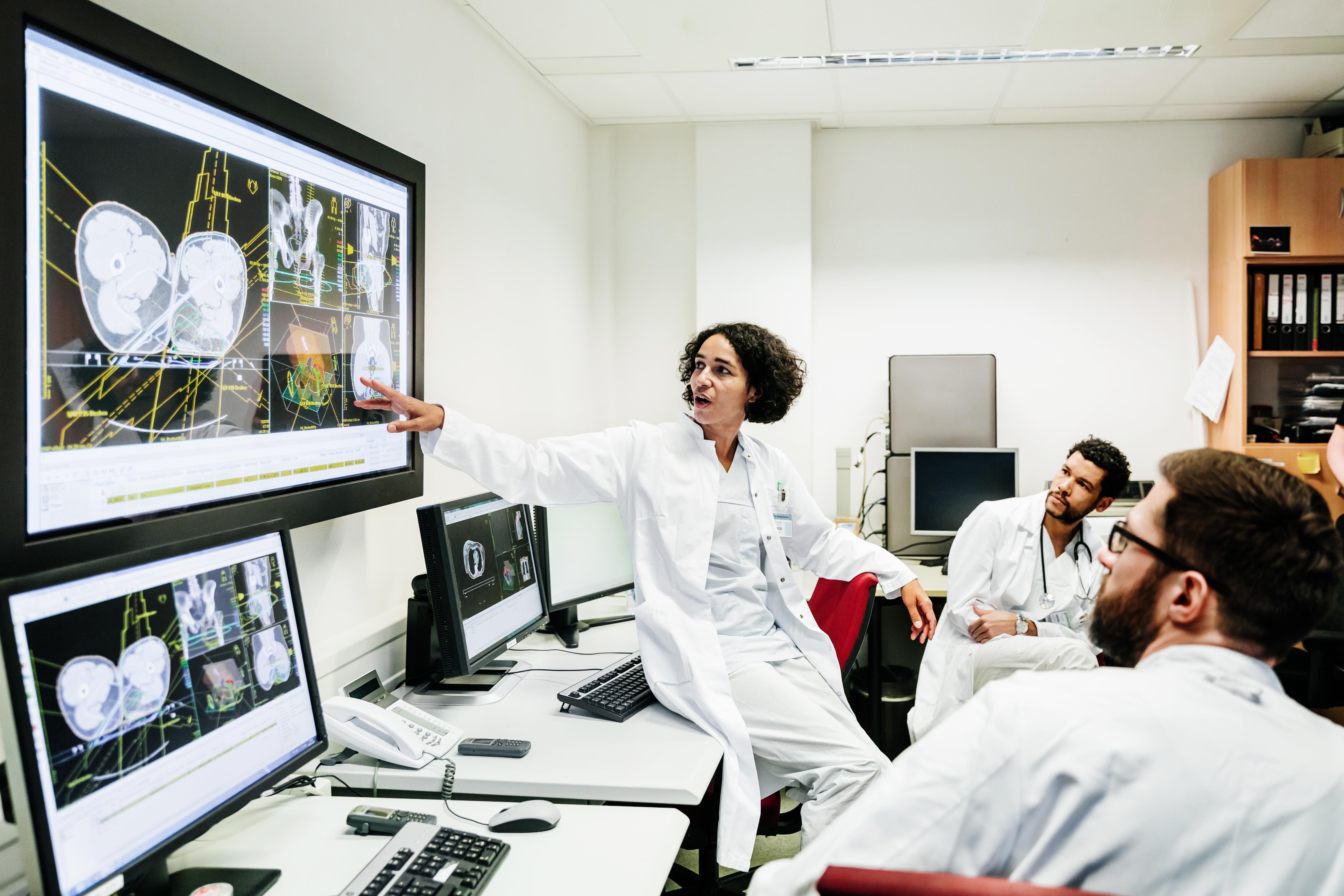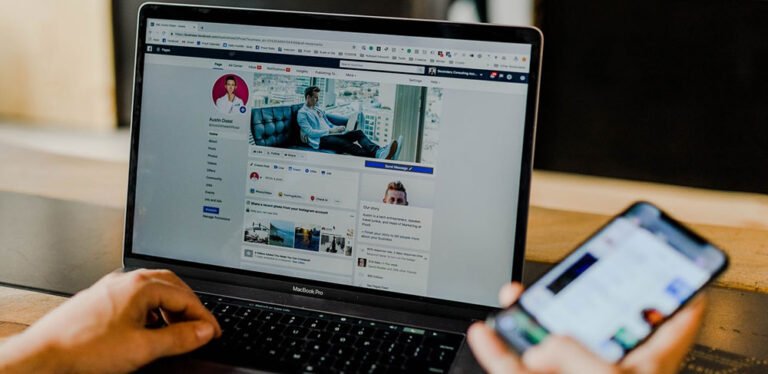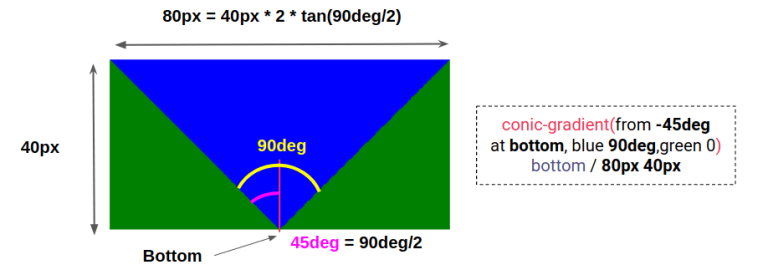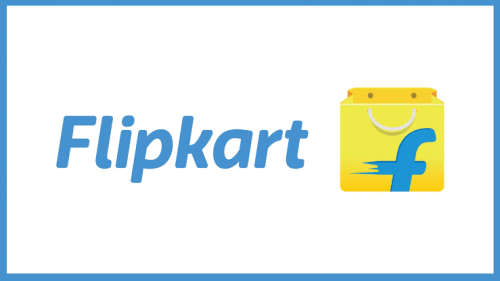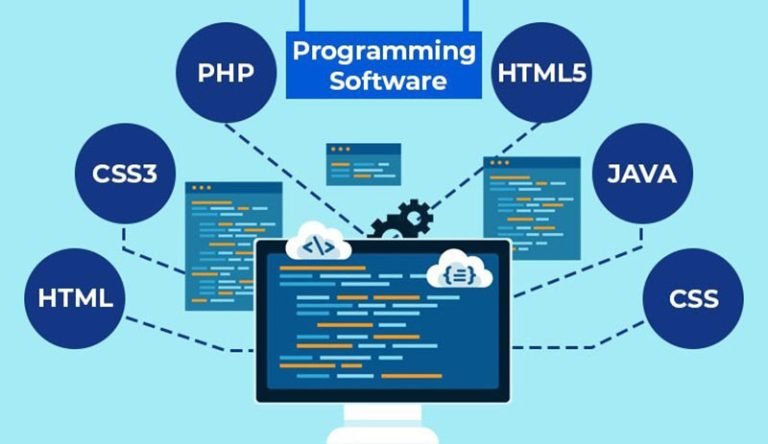As health organizations responded to the crisis in 2020, they also laid the groundwork for a new set of technologies and services that will take us into the future.
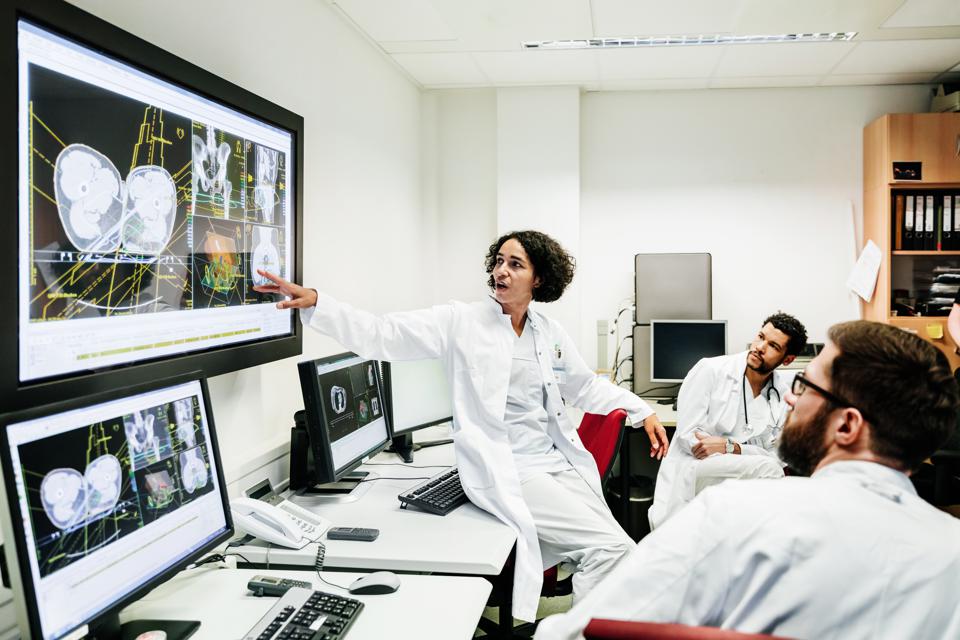
New data sources combined with interoperability and AI-based diagnostics will cause an explosion of innovation in health.
getty
This year has no doubt been challenging and a time for change and learning. As the world responded to the COVID-19 pandemic, healthcare organizations were thrust to the forefront. Now, as 2020 comes to a close, Joe Miles, Google Cloud’s head of Healthcare and Life Sciences, shares some takeaways from 2020 and predictions for 2021.
1. The road to “the new normal” won’t be linear
Table of Contents
- 1 1. The road to “the new normal” won’t be linear
- 2 2. Healthcare workers will require more mental health support
- 3 3. Regulations will adapt as telehealth and virtual care prove their staying power
- 4 4. Interoperability will be impossible to ignore
- 5 5. AI and ML will finally take off in healthcare
- 6 6. New data sources will cause an explosion of health innovation
- 7 2021 is a year to build. How we look back at 2020 is up to us.
In 2021, we’ll start to emerge into the much heralded “new normal,” but the path won’t be linear.
As vaccine rollouts begin, governments and public health officials will continue to tweak strategies to manage the virus, while allowing society to function as normally as possible—all while the public grapples with ongoing fatigue over long-term upheaval.
COVID-19 vaccines are incredible feats of modern medicine, and have now moved outside the realm of science and into the messy world of logistics and transportation. Technology can help—through data visualization, tracking, and more—but as anyone who’s received a package late (or lost one altogether), this is the real challenge for all of the healthcare industry going forward.
2. Healthcare workers will require more mental health support
Mental health is already a huge concern among healthcare workers, as they deal with long hours, stress, changing circumstances, and the emotional toll associated with treating COVID-19 patients. After more than a year on the front lines, healthcare workers increasingly face mental health challenges and burnout. As vaccine distribution increases and we see a light at the end of the tunnel, focusing on the recovery of our health professionals will still be critical.
Technology can be a powerful connector, a way to expand access to mental health support, and a tool to automate away some of the administrative burdens on healthcare workers. Some examples of these burdens include collecting patient intake information, or scanning unstructured digital text (that is, content lacking metadata that can’t be mapped into standard database fields) to potentially surface critical insights that could help inform diagnoses. This is one of the reasons we worked with researchers and clinicians at the University of North Carolina to create the Heroes Health app, which helps healthcare workers to track, and get resources for, managing their mental health.
3. Regulations will adapt as telehealth and virtual care prove their staying power
This year has shown the value of telehealth and virtual care, which are here to stay in 2021 and beyond. Patients have responded well to the ease and flexibility virtual visits provide, and this adoption has helped make healthcare more accessible for all. Telehealth usage went up considerably in 2020 according to an Amwell study, with 22% of consumers and 80% of physicians conducting virtual visits—up from 8% and 22%, respectively, in 2019.
Given the growing demand, the regulatory environment has already been adapting to realize the full benefits of virtual healthcare, and will continue to do so. Providers will look to improve on solutions implemented during the pandemic and create long-term virtual care strategies, and telehealth will be a doorway to digital health.
4. Interoperability will be impossible to ignore
The need for so many organizations to come together to fight COVID-19 has underscored the importance of interoperability in health. Information sharing across systems has helped with everything from understanding the availability of personal protective equipment and intensive care unit beds, to verifying treatment efficacy, to preparing to roll out vaccines at scale.
Some foundational interoperability efforts were put on the back burner in 2020 due to COVID-19 related constraints on bandwidth and budgets. However, in 2021, under likely new energy and mandates following the November elections, healthcare providers won’t be able to delay any longer. Deadlines are approaching for healthcare providers and IT vendors to meet interoperability rules set by the Department of Health and Human Services. Organizations first need to understand the current status of their data and where it resides, then map out a path to standardization and integration, in order to make use of data in a secure, reliable, and compliant manner.
Related: Cloud Healthcare API allows easy and standardized data exchange between healthcare applications and solutions built on Google Cloud. Learn more.
5. AI and ML will finally take off in healthcare
While healthcare organizations originally digitized to save costs, 2021 will bring a wave of more interesting artificial intelligence and machine learning projects that will improve operational processes and create more time for patient work (with fewer administrative burdens).
The use of AI/ML in precision care will also enable healthcare providers to offer new patient services, improve the consistency of diagnoses, advance the science of imaging, and more, resulting in meaningful cost savings and improvements in patient satisfaction. In fact, the American Hospital Association advises that “AI-powered technologies present opportunities for forward-looking hospitals to reimagine care delivery along every step of the care continuum.”
6. New data sources will cause an explosion of health innovation
A recent Deloitte consumer survey reports that consumers are not only increasingly using technology for health monitoring, but also growing more willing to share their data with services that give them valuable insights. As consumer comfort rises, more people are using technology, such as wearables, to monitor their health or measure fitness.
This year will be the moment when consumer wearable data is finally used by clinicians to help make better diagnoses and inform health decisions. Healthcare providers will implement privacy-protected ways of incorporating consumer data from patients’ “unofficial health records” into their care models. These new data sources combined with interoperability and AI-based diagnostics will cause an explosion of innovation in health. And it will come from many different places; large companies, startups, research, education—everyone has a role to play in building the future of health.
2021 is a year to build. How we look back at 2020 is up to us.
As health organizations responded to the crisis in 2020, they also either deliberately or inadvertently laid the groundwork for a new set of technologies and services that will take us into the future. 2021 will be a year of building new things on top of those foundations, empowered by new ideas born out of the lessons of the previous year.
2020 shook us all out of our comfort zones. Our task in 2021 is to make sure we don’t return to the status quo, but take this opportunity to build a new future. I believe we will look back at this time with pride, as a moment of critical shift. But whether we do depends on how we spend the next 12 months.
Take the next steps: Make more confident and effective decisions by harmonizing clinical and operational data across your legacy systems. Here’s how Google Cloud can help.

